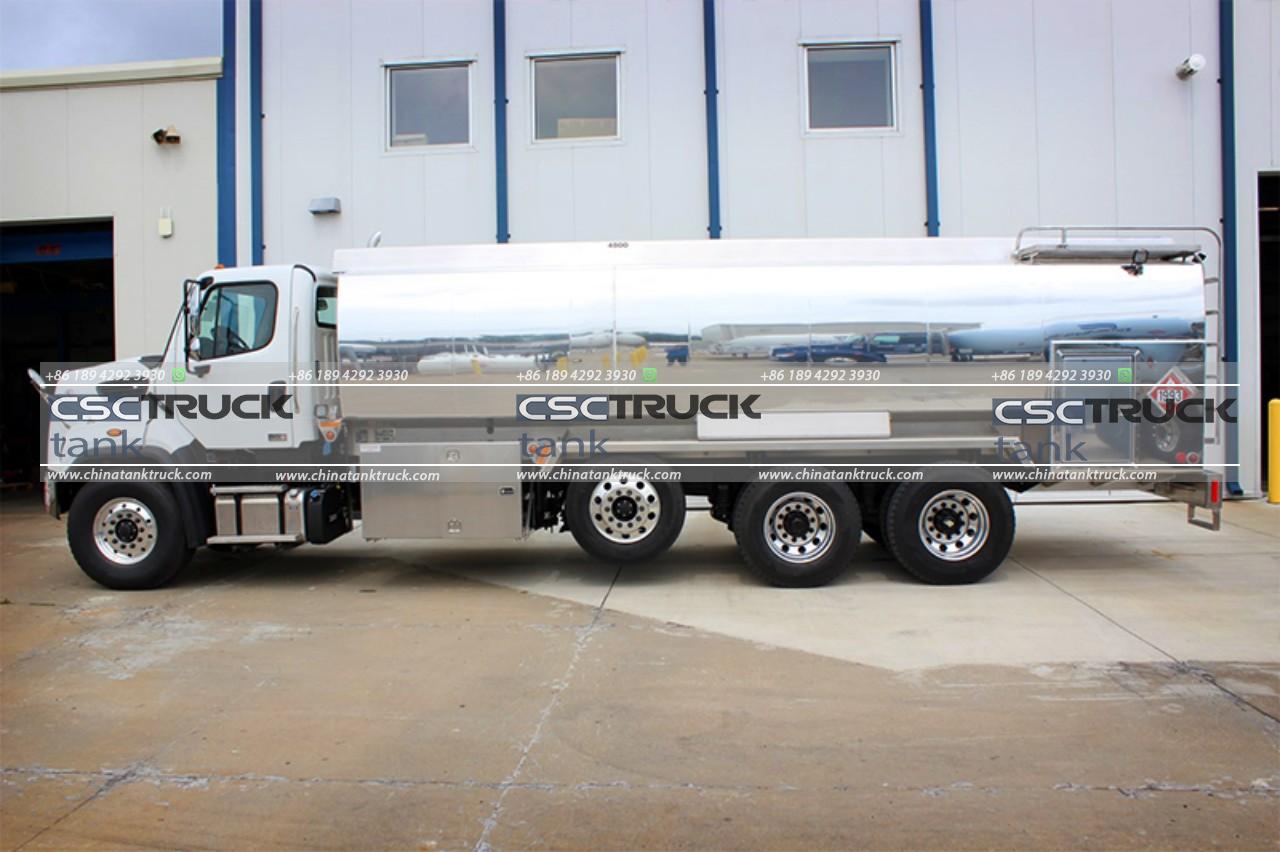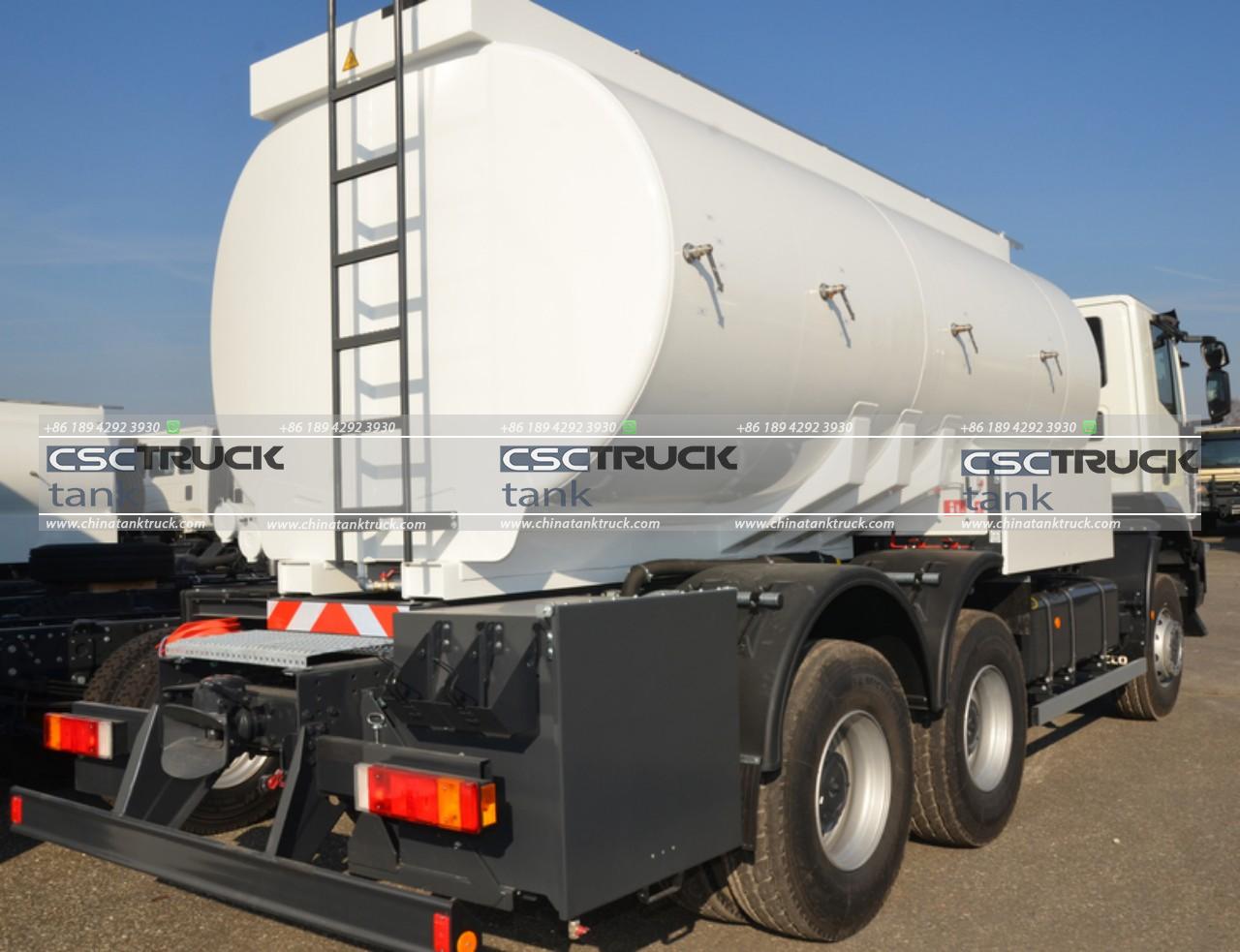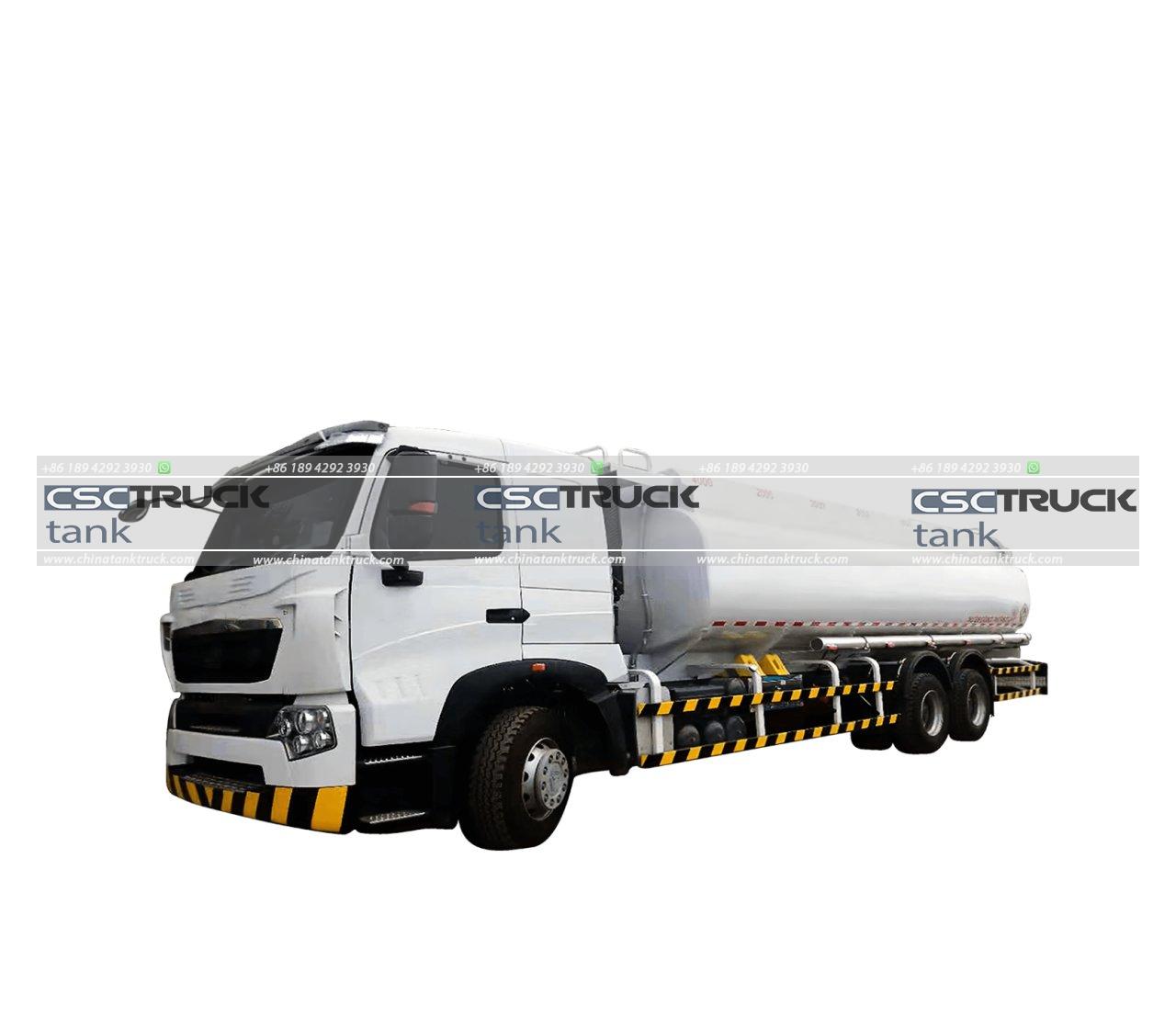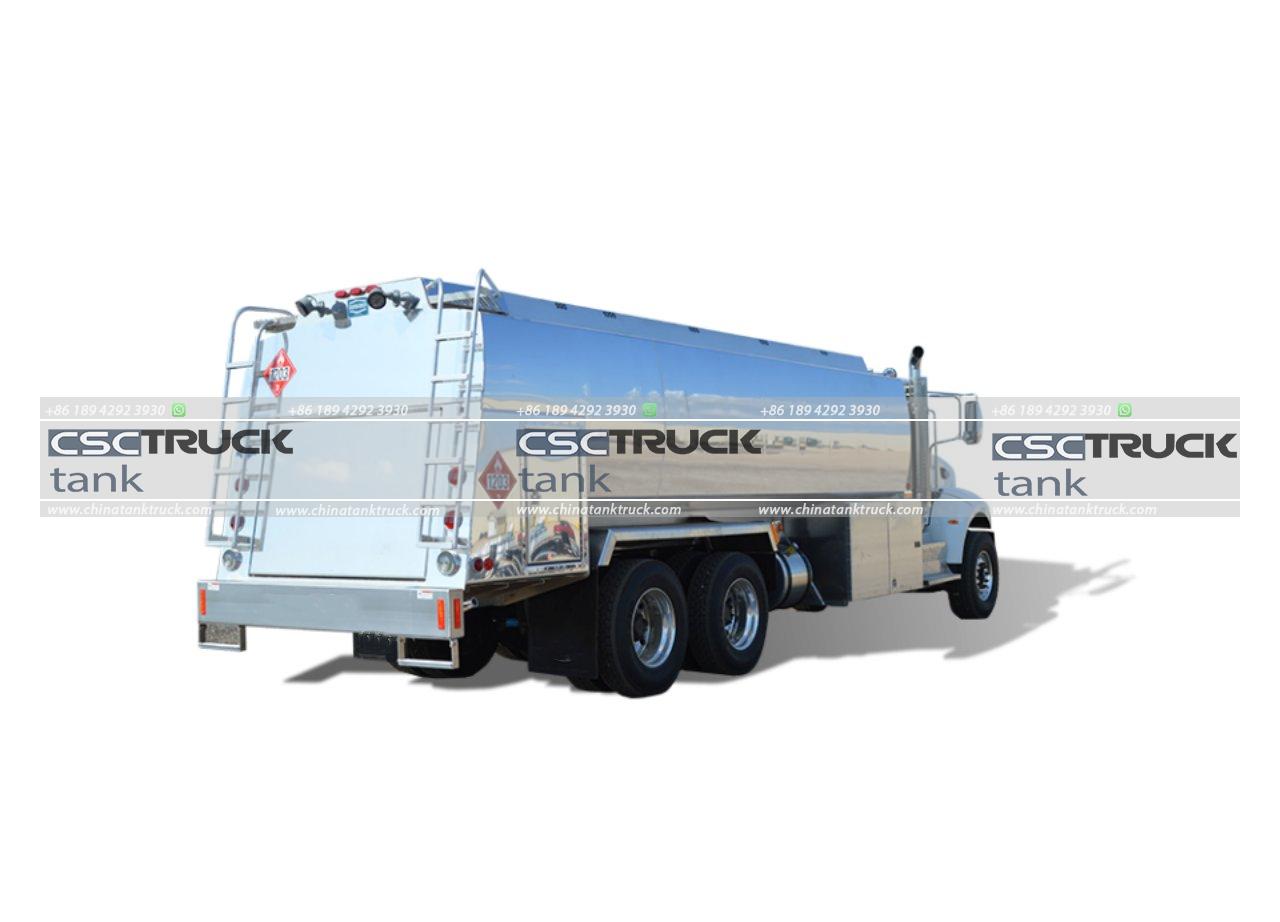Fuel tank trucks play a vital role in the transportation and distribution of petroleum products, ensuring a steady supply of fuel to various industries and consumers. Given the hazardous nature of their cargo, these vehicles must adhere to stringent regulatory standards to ensure safety, environmental protection, and the efficient functioning of the fuel distribution system. In this article, we will explore the regulatory standards that govern fuel tank trucks and their importance in maintaining a reliable and secure fuel supply chain.
Safety is of paramount importance when it comes to the transportation of flammable and combustible liquids like gasoline, diesel, and jet fuel. To mitigate the risks associated with fuel tank trucks, regulatory bodies around the world have established comprehensive standards that cover various aspects of these vehicles. These standards encompass design and construction, equipment requirements, operational procedures, and driver qualifications.
One of the key regulatory standards for fuel tank trucks is the design and construction specifications. These standards outline the materials, dimensions, and structural integrity requirements for the tanks themselves. Tanks must be made of high-quality materials that are resistant to corrosion, puncture, and leakage. They must also be equipped with safety features such as pressure relief valves, emergency shut-off systems, and grounding devices to prevent static electricity buildup.
 Additionally, fuel tank trucks must comply with strict equipment requirements. These include the installation of appropriate pumping and metering systems, spill containment devices, and fire suppression equipment. The trucks should also be equipped with proper ventilation systems to prevent the accumulation of vapors that can lead to explosions or fires. The standards mandate regular inspections and maintenance of these equipment to ensure their proper functioning.
Additionally, fuel tank trucks must comply with strict equipment requirements. These include the installation of appropriate pumping and metering systems, spill containment devices, and fire suppression equipment. The trucks should also be equipped with proper ventilation systems to prevent the accumulation of vapors that can lead to explosions or fires. The standards mandate regular inspections and maintenance of these equipment to ensure their proper functioning.
Operational procedures are another crucial aspect of the regulatory standards for fuel tank trucks. These procedures include guidelines for loading and unloading operations, transportation routes, and emergency response protocols. Fuel tank trucks must follow approved routes to minimize the risk of accidents, especially in areas with high population density or environmentally sensitive regions. Loading and unloading operations should be conducted in designated areas that meet safety requirements and are equipped with appropriate containment systems.
Moreover, regulatory standards address driver qualifications and training. Fuel tank truck drivers must possess valid commercial driver’s licenses (CDL) and undergo specialized training in hazardous materials handling, emergency response, and defensive driving techniques. These requirements ensure that drivers have the necessary skills and knowledge to operate these specialized vehicles safely. Regular drug and alcohol testing is also mandated to maintain driver fitness and minimize the risk of impaired driving.

In addition to national regulations, international bodies like the United Nations Economic Commission for Europe (UNECE) and the International Organization for Standardization (ISO) have developed harmonized standards for fuel tank trucks. These standards aim to create uniformity and facilitate international trade by ensuring compatibility among different countries’ regulatory frameworks. They cover aspects such as tank design, labeling, and documentation requirements.
The importance of regulatory standards for fuel tank trucks cannot be overstated. These standards are designed to protect public safety, prevent environmental pollution, and maintain the integrity of the fuel distribution system. Compliance with these standards not only safeguards the lives of drivers, workers, and the general public but also reduces the risk of costly accidents, spillages, and environmental disasters.
Furthermore, adhering to regulatory standards enhances the reputation and credibility of fuel transport companies. It demonstrates their commitment to safety and responsible business practices. Customers, both industrial and individual, are increasingly conscious of the environmental impact of their choices and prefer to engage with companies that prioritize safety and sustainability.

However, it is important to recognize that regulatory standards alone are not sufficient. Continuous monitoring, enforcement, and regular updates to these standards are essential to keep pace with evolving technologies, industry best practices, and emerging risks. Regulatory bodies must work closely with industry stakeholders, including fuel transport companies, manufacturers, and driver associations, to ensure that standards remain effective and relevant in a rapidly changing landscape.
Regular inspections and audits should be conducted to verify compliance with the regulatory standards. These inspections may be carried out by government agencies, industry associations, or independent third-party organizations. Any non-compliance should be promptly addressed, and appropriate corrective measures should be implemented to rectify the issues.
It is also essential for fuel transport companies to establish robust internal safety protocols and procedures. These should go beyond the minimum requirements set by regulations and encompass best practices in risk management, emergency response, and driver training. Implementing advanced technologies, such as GPS tracking, telematics, and real-time monitoring systems, can provide valuable insights into vehicle performance, driver behavior, and fuel consumption, enabling companies to proactively identify and address potential safety concerns.

The enforcement of regulatory standards for fuel tank trucks involves collaboration between regulatory agencies, law enforcement authorities, and industry stakeholders. Strict penalties and sanctions should be in place for non-compliance, including fines, license suspensions, and even criminal charges for severe violations. These deterrent measures create a strong incentive for fuel transport companies to prioritize safety and adhere to the established standards.
In recent years, there has been a growing emphasis on sustainability and environmental protection in the transportation sector. As a result, regulatory standards for fuel tank trucks are also evolving to address these concerns. There is a push toward reducing greenhouse gas emissions, promoting fuel efficiency, and encouraging the adoption of alternative fuels. Some jurisdictions have introduced specific regulations to limit idling time, promote vehicle electrification, or incentivize the use of biofuels. Fuel transport companies must stay abreast of these developments and adjust their operations to meet the changing regulatory landscape.
In conclusion, regulatory standards for fuel tank trucks play a crucial role in ensuring the safe and efficient transportation of petroleum products. These standards encompass various aspects, including design and construction specifications, equipment requirements, operational procedures, and driver qualifications. Compliance with these standards is essential to protect public safety, prevent environmental pollution, and maintain the integrity of the fuel distribution system. It also enhances the reputation and credibility of fuel transport companies and contributes to their long-term sustainability. However, continuous monitoring, enforcement, and collaboration between regulatory bodies and industry stakeholders are vital to keeping pace with emerging risks and evolving industry practices. By prioritizing safety, adhering to regulatory standards, and embracing sustainable practices, fuel transport companies can contribute to a safer, greener, and more reliable fuel supply chain.

